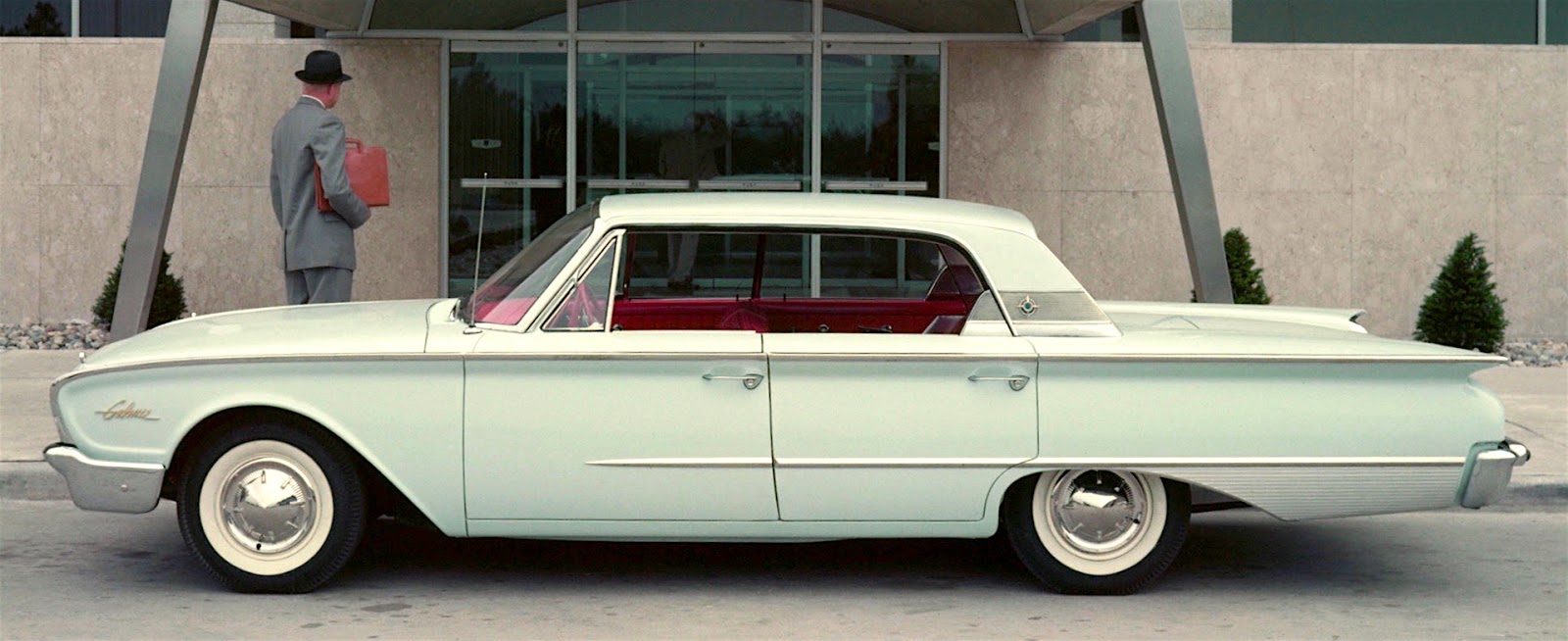Some are flashy, far-out designs. A few might exist as excuses for young members of styling staffs to let off creative steam. Others might be public relations gestures intending to cast the carmaker as a far-seeing firm. Or maybe the two possibilities are combined in one car.
Other such cars are intended to prepare the buying public for features on production cars due for release within the next few years. At one extreme are thinly disguised versions of future production models. At the other are a few details on one of those flashy, futuristic dream cars.
General Motors' Motorama traveling shows of the 1950s included concept cars of all stripes because the company was rich and could afford both the shows and those custom-made cars. The first major Motorama was held in 1953 Nearly all the concept cars in that show were geared to preview features on GMs major Oldsmobile, Buick and Cadillac redesigns for the 1954 model year. Among these was the Buick Wildcat, the first of a series of Wildcat show cars appearing in 1953-55 Motoramas.
Four Wildcats were built, one is known to survive. The above photo was taken at an automobile show, but not at the New York Waldorf-Astoria Motorama. Buick was not to produce a two-passenger sporty car for many years, so that Wildcat feature can be disregarded.
Here is a heavily retouched publicity photo of the '53 Wildcat. GM used a lot of airbrush-enhanced photos in the early 1950s. The objective was to clarify a car's features by eliminating distractions such as reflections of sharp highlights. The result is an artificial look when seen in good-quality reproduction, but the photos probably worked best when coarsely screened for newspaper use -- the main publicity target in those days.
Two views of the black Wildcat displayed at the Waldorf.
One Wildcat was given a hard roof. It also had a circular rear wheel opening, unlike the other Wildcats. This car also carried a Sweepspear extension that flows over the opening, a feature already in production on 1953 Buick Skylark convertibles.
General view of a 1953 Buick Wildcat.
1954 Buick Skylark. The curved trunk lid and ridges are watered-down versions of the Wildcat's.
1954 Buick Special convertible. Its facial details were previewed on the Wildcat. The headlight housings are about the same, and both originated on the 1951 Buick XP-300 experimental car. The pointed "Dagmar" bumper guards are similar to those on the Wildcat. The Wildcat's grille (derived from the XP-300) has concave bars, while the production Buick's are convex. Photo from Auctions America,
These sales photos (lower from Auctions America) show the fender line on '54 Buick Special convertibles. Aside from the sculpting where the rear fender starts, the fender lines of the Wildcat and these Buicks are similar, including the low humps at the rear.
Seen from the front three-quarters, the Wildcat has pleasing looks. It would look better if those Buick "portholes" that normally were on front fender sides were not placed atop the fenders where they are hard to see. They should have been eliminated. The two air intakes on the hood do help enliven an otherwise bland surface, but other treatments might have done that job better. The worst part of the design is the trunk lid -- oddly shaped, weird detailing.
















































